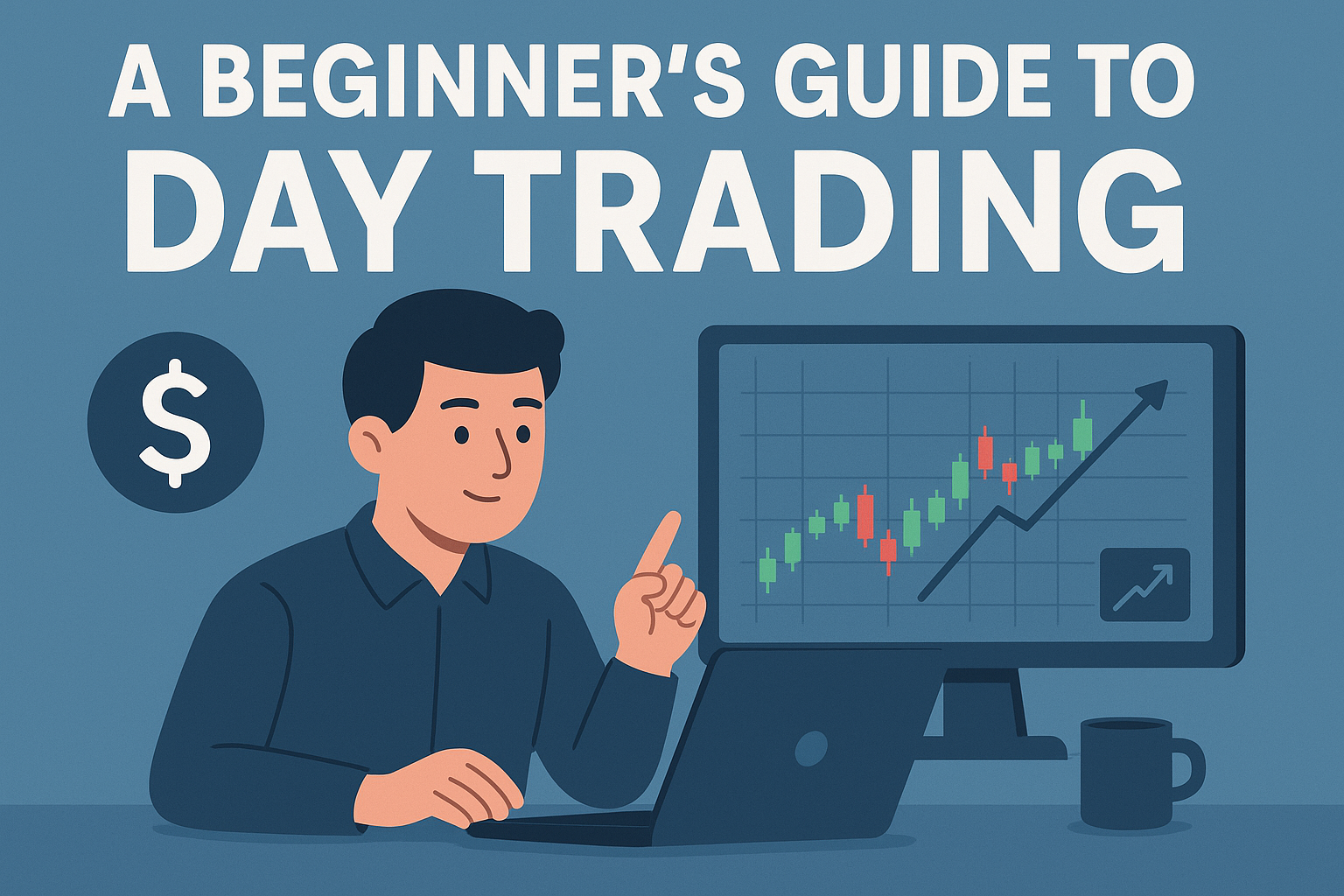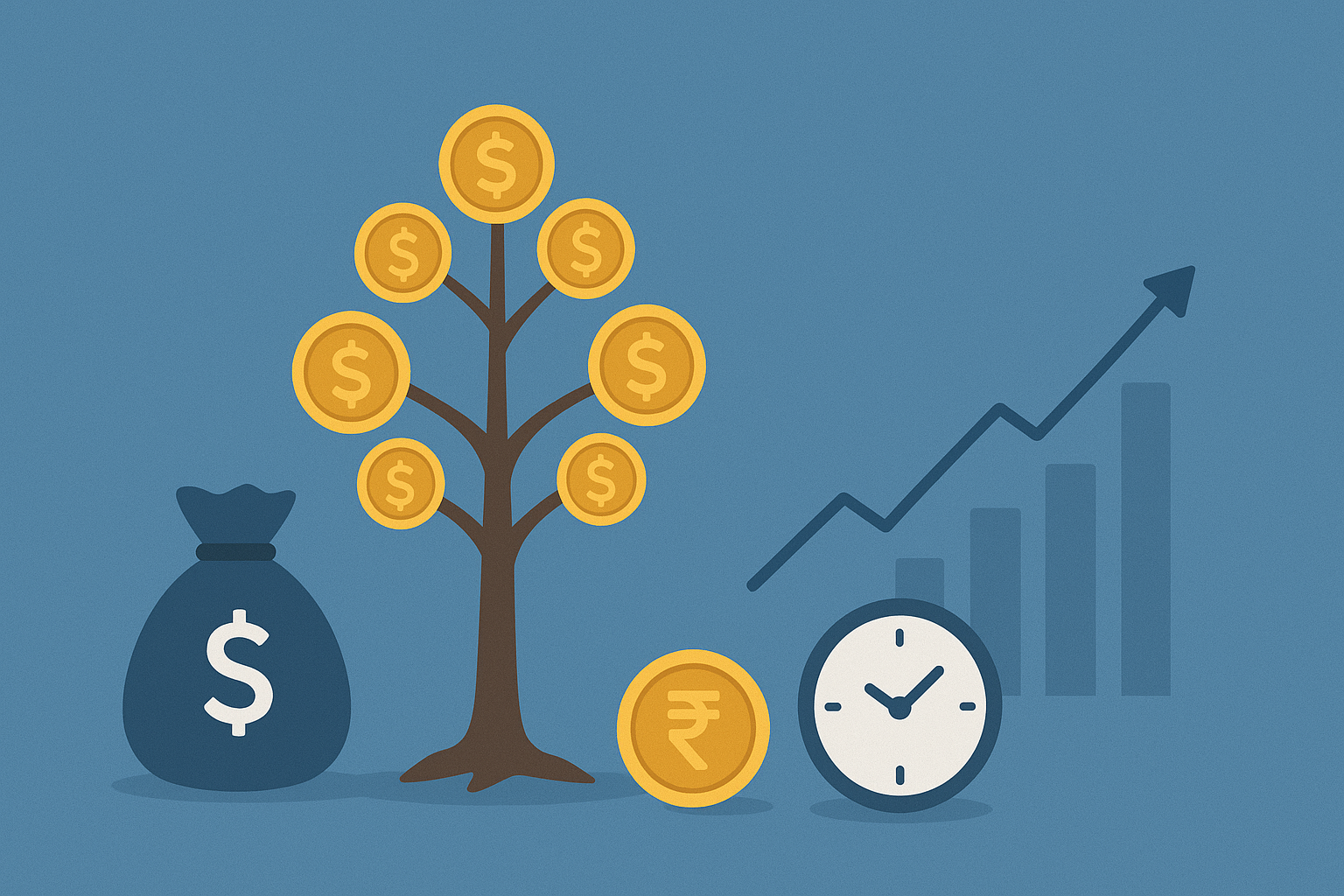In the world of stock market trading, understanding corporate financial decisions is just as crucial as analysing charts or reading indicators. Among those economic decisions, two primary tools used by companies to reward shareholders and manage capital are dividends and buybacks.
Whether you are a long-term investor or an active trader, grasping the mechanics, advantages, and strategic implications of dividends and buybacks can help you make more informed decisions. This article from Namo Trading Academy breaks it all down from basic definitions to Stock Market: Understanding Dividends and Buybacks, in-depth strategies, case studies, and actionable trading insights.
1. What are Dividends?
A dividend is a portion of a company’s profits that is distributed to its shareholders. It’s a form of profit sharing, generally issued by established companies that generate stable cash flows.
Key Trading Keyword: Dividend Yield
Dividend yield = (Annual Dividend per Share / Price per Share) × 100
It shows how much a company pays out in dividends relative to its share price, a key metric for income-focused traders.
2. Types of Dividends
There are several types of dividends a company can issue:
a. Cash Dividends: The most common shareholders receive a direct payment, usually quarterly.
b. Stock Dividends: Issued as additional shares instead of cash. It increases the number of shares owned without changing the value of your investment.
c. Special Dividends: One-time payments are often triggered by windfalls or surplus cash reserves.
d. Interim & Final Dividends:
- Interim dividends are paid before the company’s annual earnings are finalized.
- Final dividends are declared at year-end after earnings are confirmed.
3. How Dividends Work in the Stock Market
To understand how dividends affect trading, you need to know these four dates:
- Declaration Date: When the company announces the dividend.
- Ex-Dividend Date: If you buy the stock on or after this date, you won’t receive the dividend.
- Record Date: The company checks its books to see who qualifies.
- Payment Date: When shareholders receive the dividend.
- Trading Insight: Traders often buy before the ex-dividend date and sell shortly after to capture the dividend is known as a dividend capture strategy.
4. Benefits of Dividends for Investors
- Passive Income: Dividends provide a steady cash flow.
- Compounding: Reinvested dividends can exponentially grow your wealth.
- Sign of Stability: Regular dividends often reflect financial health.
- Risk Against Market Volatility: Dividend-paying stocks frequently have lower volatility.
5. Risks and Limitations of Dividends
While dividends are appealing, they come with risks:
- Dividend Cuts: Companies can reduce or eliminate dividends during downturns.
- Tax Liability: Dividends may be taxed differently across economies.
- Opportunity Cost: The capital paid as dividends could be reinvested for growth.
Trading Tip:
Be careful of very high dividend yields- they can indicate a decreasing stock price or potential trouble.
6. What are Buybacks?
A buyback or share repurchase is when a company buys back its shares from the open market, reducing the number of shares outstanding.
Key Trading Keywords:
- Earnings Per Share (EPS): Often increases after buybacks.
- Float Reduction: A lower supply can boost demand and price.
7. Methods of Share Buybacks
a. Open Market Repurchase: The company buys its shares over time from the open market like any regular investor.
b. Tender Offer: The company offers to buy shares at a premium price from existing shareholders.
c. Direct Negotiation: Used for large block trades with institutional investors.
8. Why Companies Opt for Buybacks
- Boost EPS: With fewer shares, earnings per share increase.
- Undervalued Stock: Companies buy back when they believe shares are cheap.
- Return Cash to Shareholders: As an alternative to dividends.
- Signal of Confidence: Management indicates belief in company growth.
Trading Insight:
Buybacks can lead to a short-term price rally. Traders often monitor news for buyback announcements as momentum signals.
9. Impact on Stock Price and Market Perception
Both dividends and buybacks influence price and perception:
- Positive Sentiment: Considered shareholder-friendly actions.
- Price Increase: Due to increased demand or improved financial ratios.
- Expectations: The market may punish companies that cut dividends or stop buybacks.
Case Example:
In 2020, Apple repurchased $72.4 billion worth of stock. This aggressive buyback supported its share price despite economic turbulence.
10. Trading Strategies Around Dividends and Buybacks
- Dividend Capture Strategy: Buy before the ex-dividend date and sell after. Watch out for the price drop on the ex-dividend date; it usually matches the dividend amount.
- Value Investing with Dividends: Target stocks with strong fundamentals and consistent dividend histories.
- Buyback Watchlist: Traders can track companies with large buyback programs and plan entry before the execution of buybacks.
- Earnings and Buyback Combo: Companies that exceed earnings expectations and announce buybacks often experience double bullish momentum.
11. Tax Implications
- Dividends: Typically taxed as income.
- Buybacks: May not trigger taxes until the investor sells the stock.
In India, dividends over ₹5,000 are taxed in the hands of investors. Buybacks by Indian companies are subject to a buyback tax, introduced to prevent tax avoidance.
Conclusion: Building a Smart Trading Mindset
Understanding dividends and buybacks isn’t just about theory; it’s about building a smart, informed trading strategy. Whether you’re looking for income, growth, or a mix of both, Stock Market: Understanding Dividends and Buybacks, these tools can be your source in the market.
- Look beyond just the dividend yield or buyback news.
- Consider financial health, growth prospects, and market conditions.
- Use dividends and buybacks as part of a diversified, well-researched trading plan.
At Namo Trading Academy, we believe that knowledge is your most powerful trading tool. By mastering concepts such as dividends and buybacks, you can elevate your stock market performance and trade with greater confidence.



